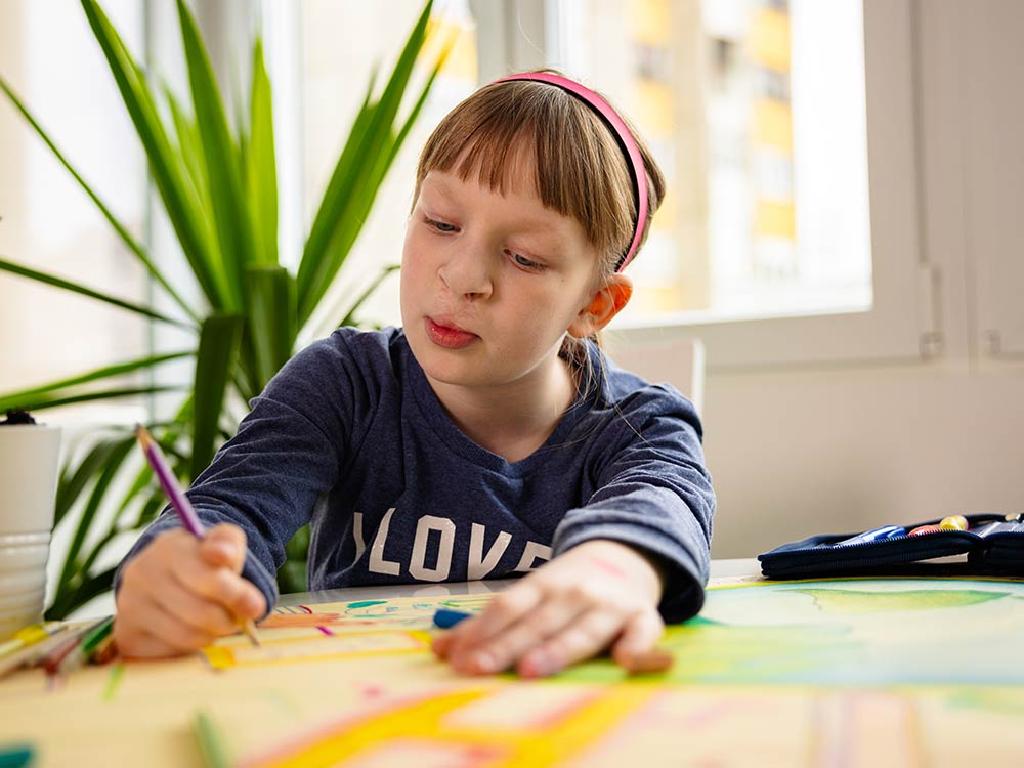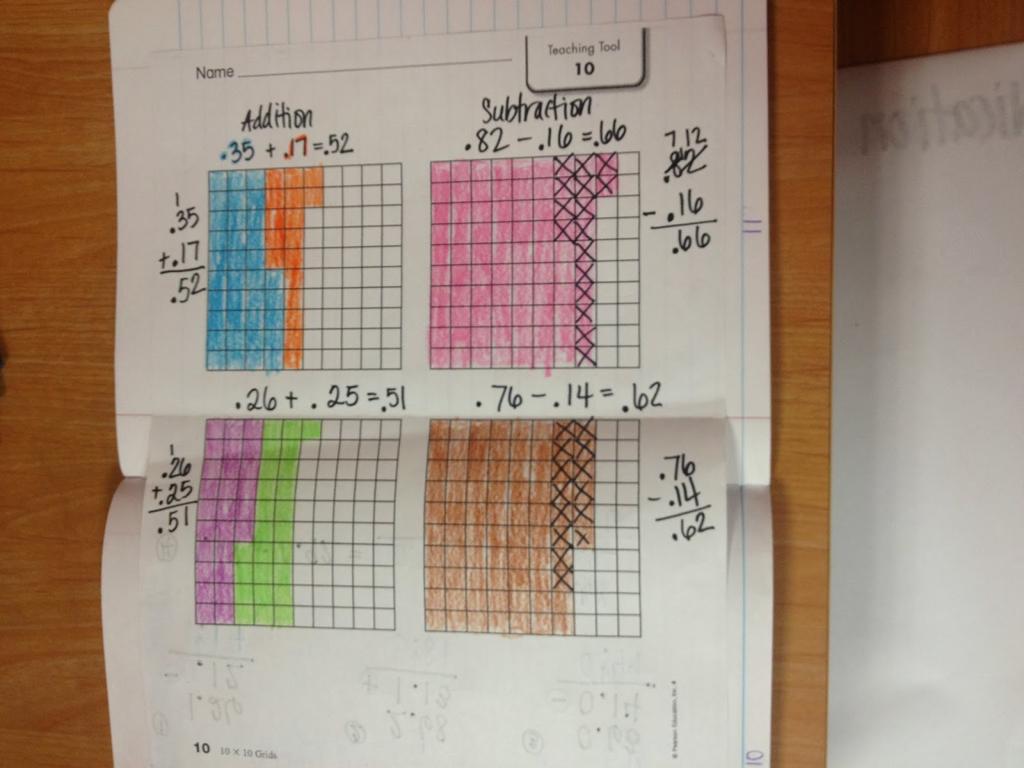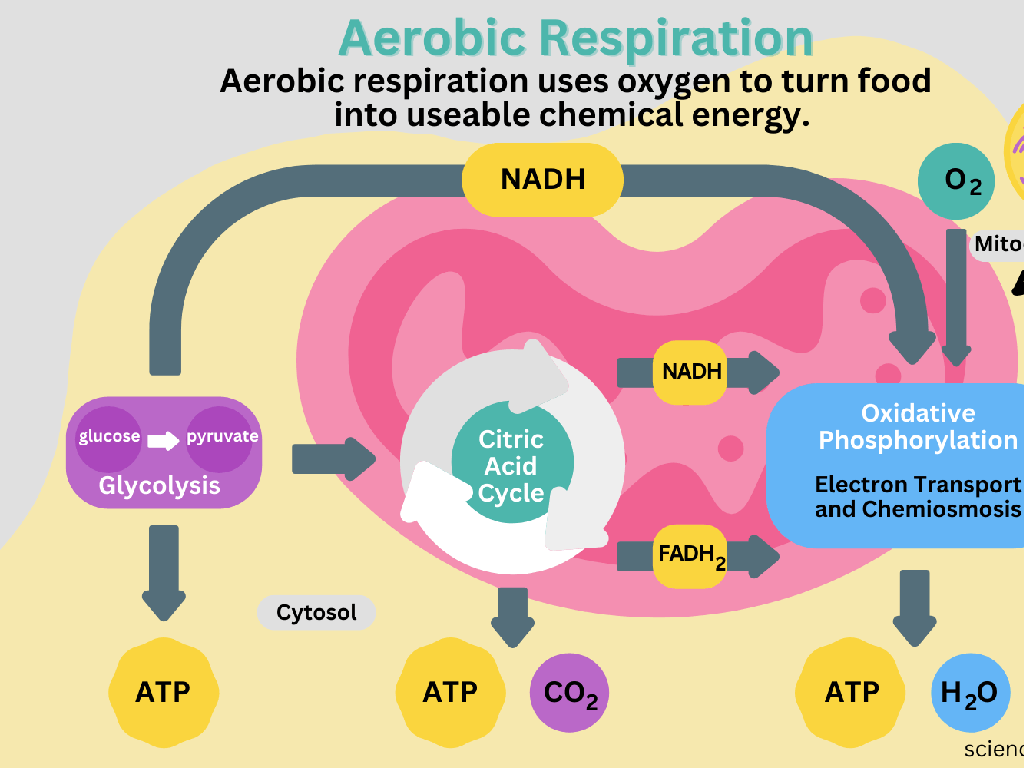Interpret The Meaning Of An Allusion From Its Source
Subject: Language arts
Grade: Fourth grade
Topic: Literary Devices
Please LOG IN to download the presentation. Access is available to registered users only.
View More Content
Exploring Allusions in Literature
– What is a literary device?
– Defining allusions
– An allusion is a reference in a story to a well-known person, place, event, or another story.
– Examples of allusions
– Like in ‘The Chocolate Chase’, when Max says he feels like Hercules, that’s an allusion to the strong hero from myths.
– Importance of allusions
– Allusions help us connect stories to the real world or other tales we know.
|
This slide introduces the concept of literary devices, with a focus on allusions. Begin by explaining that literary devices are tools that writers use to enhance their stories and engage readers. Then, define allusions as references to famous characters, events, or other stories within a new story. Provide relatable examples that the students may be familiar with, such as references to fairy tales or popular culture. Emphasize how allusions can add depth to a story and make connections to larger ideas or themes. Encourage students to think of allusions they have encountered in their own reading.
Exploring Allusions in Literature
– What is an allusion?
– A reference in a story to a well-known person, place, event, or thing
– Allusions make writing sparkle
– They add depth and allow readers to connect to the story
– Everyday language allusions
– ‘He’s a real Romeo’ refers to Shakespeare’s romantic character
– Recognizing allusions in stories
|
This slide introduces the concept of allusions to fourth-grade students, helping them understand how allusions are used in literature to create connections and depth. An allusion is a literary device where the author refers to a subject matter such as a place, event, or literary work indirectly. It requires the reader to have prior knowledge or understanding to grasp the reference. Allusions can make writing more engaging by drawing on common knowledge or experiences. Provide examples of allusions from everyday language and encourage students to find allusions in their favorite stories or books. This will help them see how allusions can make stories more relatable and interesting.
Exploring Types of Allusions
– Historical Allusions
– References to famous historical events or figures
– Literary Allusions
– Nods to well-known literature or characters
– Mythological Allusions
– Mentions of ancient myths or gods
– Biblical Allusions
– Allusions to stories or characters from the Bible
|
This slide introduces students to the concept of allusions, which are references to well-known stories, figures, or events that can help deepen the meaning of a text. Historical allusions refer to significant past events or real people in history. Literary allusions point to characters or plots from other books. Mythological allusions draw on ancient myths, often Greek or Roman, to add depth to a story. Biblical allusions are references to stories or characters from the Bible, which can add a moral or spiritual layer to the text. Encourage students to think of examples they may have encountered in stories or everyday language. This will help them understand how allusions function as a literary device and how they can enrich their own writing.
Interpreting Allusions in Literature
– What is an allusion?
– A reference in a story to a famous person, place, event, or another story
– Clues to spot an allusion
– Look for names, places, or phrases that seem important but are not explained
– Context helps understand allusions
– The words around an allusion help us figure out its meaning
– Reasons writers use allusions
– Allusions make stories richer and can give a ‘shout-out’ to something cool
|
This slide introduces the concept of allusions to fourth-grade students, explaining that an allusion is a literary device where a writer references something famous without directly mentioning it. Teach students to look for clues like specific names or phrases that stand out and to use the surrounding context to interpret the meaning. Discuss why writers use allusions, such as to make their stories more interesting or to connect with the reader by referencing common knowledge. Encourage students to think of allusions as ‘hidden treasures’ in a story that they can discover. Provide examples from well-known children’s books or stories they are familiar with.
Exploring Allusions in Stories and Shows
– Allusions in favorite books
– Like a character called Hercules for strength
– Allusions on TV and movies
– A show referring to Cinderella’s story
– Understanding allusion sources
– Where do these allusions come from?
– Discussing allusions’ impact
– How do allusions add to the story?
|
This slide aims to help students recognize and understand allusions in various media. Allusions are references to well-known stories, characters, or events. For example, a book character with great strength might be compared to Hercules, an allusion to the mythical hero known for his might. In movies or TV shows, a character’s situation might be likened to Cinderella’s, hinting at a transformation or underdog story. Discussing the source of these allusions, such as myths, fairy tales, or historical events, can help students grasp the deeper meanings and connections the creators intend to make. Encourage students to think about how recognizing these allusions can change their understanding of the story and make reading more enjoyable.
Interpreting Allusions in Literature
– Understanding allusions
– An allusion is a reference to something else, like a famous person or event.
– Linking allusions to the source
– To get the allusion, think about what the source is known for.
– Effects of allusions on readers
– Allusions can make stories more exciting by connecting to familiar ideas.
|
This slide aims to teach students how to recognize and understand allusions in literature. An allusion is when a writer mentions some well-known fact, person, place, or event from history, culture, or another literary work. It’s like a ‘wink’ to the reader who recognizes the reference. Students should learn how to make connections between the allusion and its source to fully grasp the meaning. Discuss how allusions can add depth to a story and make readers feel a special connection to the text when they understand the reference. Use examples from texts appropriate for fourth graders, such as allusions to fairy tales or historical figures they are familiar with. Encourage students to think about how recognizing an allusion changes their understanding of the story.
Class Activity: Find the Allusion
– Identify allusions in text
– Work with a buddy
– Discuss your thoughts
– Talk about what you think the allusion means
– Share with the class
|
This activity is designed to help students recognize and understand allusions in literature. Allusions are references to well-known stories, characters, events, or other literary works within a new story. Begin by explaining what an allusion is and provide a familiar example. Then, hand out a text with marked allusions for students to work on in pairs. Encourage them to discuss the meaning of each allusion and how it contributes to the text. Afterward, have each pair share their findings with the class. This will foster collaborative learning and enhance their interpretive skills. Possible texts with allusions include fables, fairy tales, or age-appropriate novels. Ensure the allusions relate to material the students are likely to be familiar with.
Allusions: Wrapping Up and Homework
– Recap: What’s an allusion?
– An allusion is a reference to something else, like a famous person or event.
– Why allusions matter
– Allusions make reading fun and connect stories to the real world or other stories.
– Homework: Find an allusion
– Look in your favorite book or movie for a hidden reference.
– Explain your allusion’s source
– Share where the allusion comes from and what it means.
|
As we conclude, remind students that allusions are references to well-known characters, places, or events from history, literature, or other fields. They enrich a story by creating deeper connections and understanding. For homework, students should find an example of an allusion in a book or movie they enjoy. They should write down the allusion, its source, and what they think it means. This exercise will help them practice identifying allusions and understanding their significance. In the next class, be prepared to discuss the examples students found, which will reinforce their learning and allow them to see the variety of allusions used in different works.






